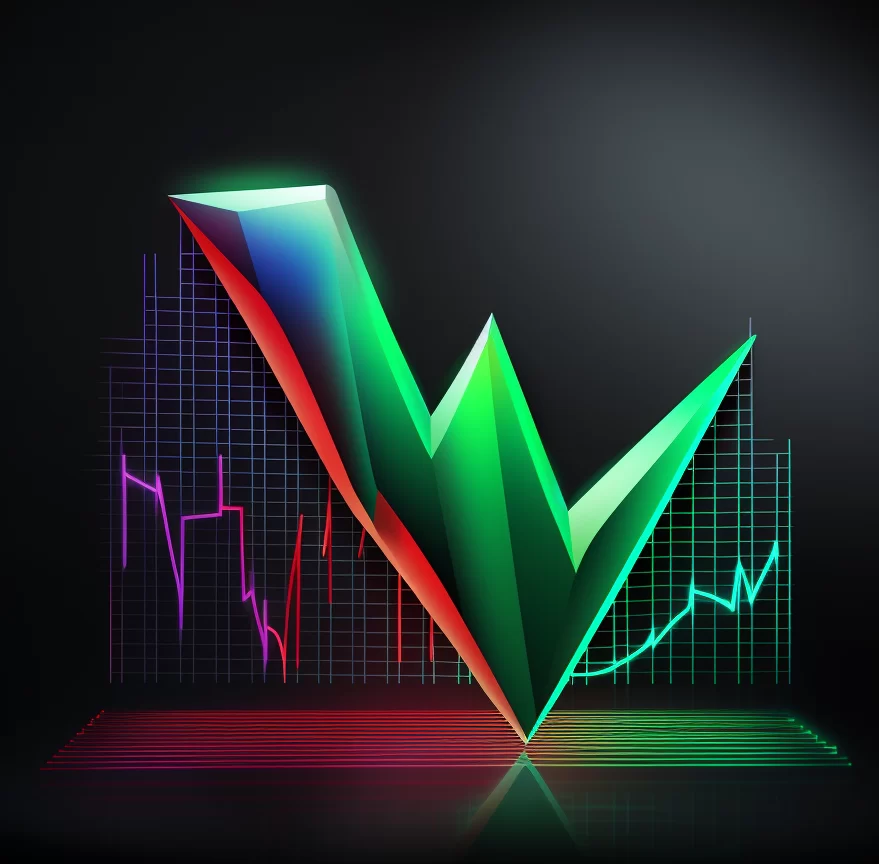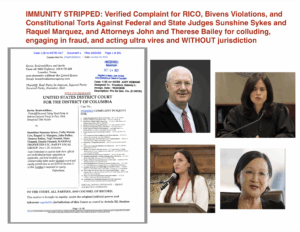Properly asserting legal capacity in court is not just procedural—it’s foundational. When representing a trust or estate, many plaintiffs unintentionally undermine their own cases by blending fiduciary roles with personal appearances such as “pro per” or “in propria persona.” This confusion often leads to dismissal—not because courts prohibit fiduciaries, but because the capacity is improperly stated. Courts cannot lawfully prevent a duly authorized fiduciary (such as an Executor, Trustee, or Attorney-in-Fact) from asserting rights on behalf of a trust or estate. However, when fiduciaries use personal language or appear to be representing a separate legal entity as themselves, courts may treat the filing as unauthorized practice of law. This article clarifies which capacities are lawful, which combinations to avoid, and how to protect your standing by appearing strictly in a private fiduciary role. In law, it’s not only what you say—but how you say it—that defines whether you are recognized with authority.
In modern American jurisprudence—especially in federal courts—precision in legal capacity and standing is not optional. How a party appears in a pleading isn’t merely a matter of formatting or style. It’s a matter of jurisdiction, credibility, and enforceability. And yet, many private litigants unintentionally sabotage their own filings by blending fiduciary roles with personal appearances, such as claiming to be “Executor,” “Attorney-in-Fact,” and acting “sui juris” or “in propria persona”—all in the same sentence.
While the intention may be honorable, the result is often predictable:
Dismissal, and in some cases, the court labeling the entire case as “sovereign citizen theory” or “pseudo-legal nonsense.”
🚫 Mixed Capacity Pleadings: What It Looks Like
Here’s a real-world example of what not to do (names altered for neutrality):
COMES NOW™JOHN DOE© ESTATE, ™JOHN LEWIS DOE©, ™JOHN DOE© IRR TRUST, by and through their Attorney-In-Fact, John: Doe, who is proceeding sui juris, In Propria Persona, and by Special Limited Appearance, hereby acknowledges receipt of your coerced, extorted, and unconstitutional OFFER/BOND/CITATION…
This approach suffers from multiple fatal flaws:
-
It mixes legal fiction names with a natural person (“John: Doe”).
-
It declares John Doe as both a fiduciary and a personal party—an irreconcilable conflict.
-
It uses trigger phrases like “natural freeborn sovereign” or “state Citizen,” which courts commonly associate with “sovereign citizen” ideology and disregard accordingly.
✅ What a Proper Fiduciary Pleading Looks Like
COMES NOW the Plaintiff, JOHN DOE ESTATE, by and through its duly authorized Executor and Attorney-in-Fact, John Doe, who appears by Special Limited Appearance solely in his private fiduciary capacity and not as a licensed attorney, under the lawful authority of a duly executed Power of Attorney (attached hereto as Exhibit A). This appearance is made for the limited purpose of asserting and preserving the Plaintiff’s lawful and equitable rights, enforcing perfected commercial interests, and pursuing redress for injuries in equity, contract, and federal law.
Why this works:
-
It clearly identifies the Plaintiff.
-
It clearly states the human representative’s capacity.
-
It avoids trigger words or capacity conflicts.
-
It is clean, professional, and legally valid.
✅ Fiduciary Roles You Can Combine
You can lawfully appear in the following roles (and combine them):
These are all fiduciary roles. A natural person acting on behalf of a trust or estate may appear in one or more of these capacities, so long as they do not also claim to appear pro per or pro se.
✅ Example: “…by and through its duly authorized Executor and Attorney-in-Fact, John Doe…”
This is lawful, proper, and enforceable.
❌ Roles and Language You Cannot Mix with Fiduciary Capacity
You must not mix any of the following personal roles with fiduciary capacity in the same filing:
-
“Pro Se” / “Pro Per”
-
“Living Man”
-
“Natural Freeborn Sovereign”
-
“State Citizen”
Why? Because a fiduciary represents a separate legal entity (e.g., a trust or estate). Courts have consistently ruled that one cannot appear pro se on behalf of another legal entity — that would constitute the unauthorized practice of law.
⚖️ What the Courts Actually Say
“A nonlawyer cannot represent a trust pro se.”
— Jacobowitz v. Miele, 695 F. App’x 522 (2d Cir. 2017)
“A trust… must be represented by counsel and cannot proceed pro se.”
— United States v. High Country Broadcasting Co., 3 F.3d 1244 (9th Cir. 1993)
“An estate is not a natural person and must appear through a licensed attorney.”
— Pridgen v. Andresen, 113 F.3d 391, 393 (2d Cir. 1997)
“An individual may appear in propria persona only for himself.”
— C.E. Pope Equity Trust v. United States, 818 F.2d 696, 697–98 (9th Cir. 1987)
🧠 Summary Chart
| Capacity | ✅ Can Be Combined With | ❌ Must NOT Be Mixed With |
|---|---|---|
| Executor | Attorney-in-Fact, Trustee, Fiduciary | Pro Per, Pro Se, In Propria Persona |
| Attorney-in-Fact | Executor, Trustee, Fiduciary | Sui Juris, Sovereign, “Living Man” |
| Pro Per / In Propria Persona | Only your own personal actions | Any representative/fiduciary role |
🛡 Proper Fiduciary Pleading Example
COMES NOW the Plaintiff, JOHN DOE ESTATE, by and through its duly authorized Executor and Fiduciary Representative, John Doe, who appears by Special Limited Appearance under the lawful authority of a duly executed Power of Attorney (attached as Exhibit A).
This preserves:
-
✅ Clear capacity
-
✅ Court jurisdiction
-
✅ Equitable remedy
🔚 Conclusion
Clarity of legal capacity is everything in court.
You must decide:
Are you appearing as yourself, injured in your personal capacity?
Or are you appearing on behalf of a trust or estate?
You cannot do both at once.
If you try to blend these roles, the court will likely never reach the merits of your case — and may dismiss it outright.
✅ Stick to fiduciary language.
✅ Appear in one lawful capacity.
✅ Preserve your rights and enforce your standing.




